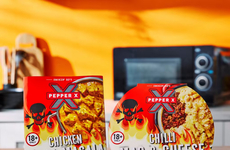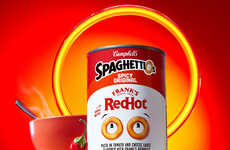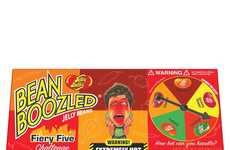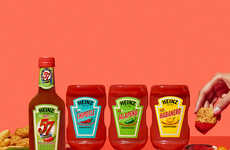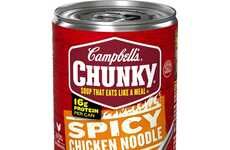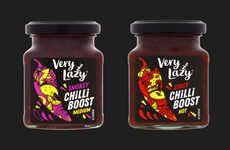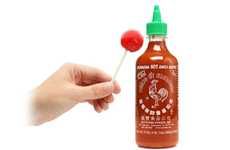
Consumption of Spicy Foods Spikes
Going Like Sixty — October 26, 2008 — Lifestyle
References: fiery-foods
Boomers are triggering a U.S. movement toward hotter and spicier foods. In the past nine years, the consumption of chili peppers in the U.S. has increased 50%.
It seems that there is some science in this change. As we age, our sense of smell decreases, which as you know, greatly affects how we taste. In response, boomers are pushing for stronger flavors in sauces and embracing ingredients like wasabi and horseradish. Even cheeses like feta and Gorgonzola have been given a spicy touch.
Here’s the cool thing: The spicier the food is, the healthier it becomes.
It seems that there is some science in this change. As we age, our sense of smell decreases, which as you know, greatly affects how we taste. In response, boomers are pushing for stronger flavors in sauces and embracing ingredients like wasabi and horseradish. Even cheeses like feta and Gorgonzola have been given a spicy touch.
Here’s the cool thing: The spicier the food is, the healthier it becomes.
Trend Themes
1. Increasing Spice Consumption - Opportunity to develop and market spicier food products targeting the growing boomer market.
2. Stronger Flavors in Sauces - Opportunity to create innovative, flavorful sauces catering to boomers' desire for bolder tastes.
3. Spicier Cheese Varieties - Opportunity to introduce spicy variations of popular cheeses to meet boomers' demand for more intense flavors.
Industry Implications
1. Food and Beverage - Opportunity for food and beverage companies to capitalize on the trend by developing and marketing spicy products.
2. Health and Wellness - Opportunity for health and wellness brands to promote the health benefits of spicy foods and develop supporting products.
3. Restaurant and Culinary - Opportunity for restaurants and culinary establishments to create and offer spicier menu options to cater to boomer preferences.
1.3
Score
Popularity
Activity
Freshness

